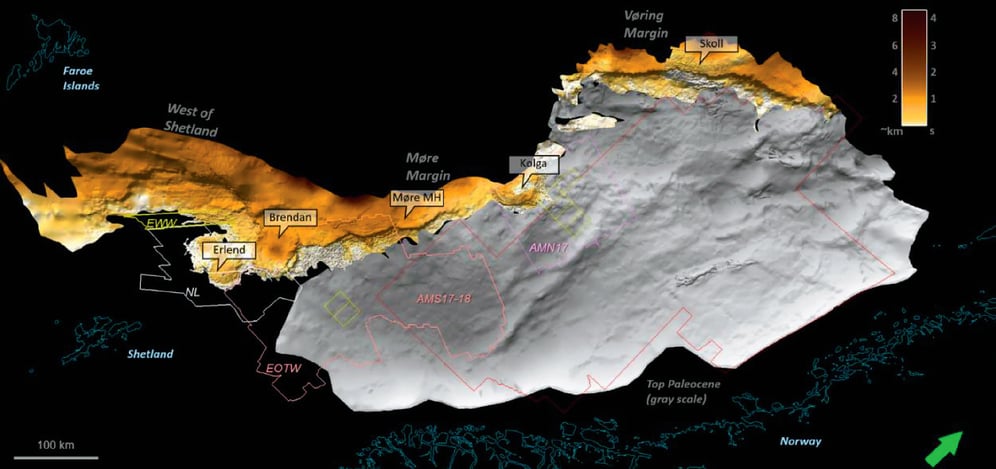First Published: First Break Magazine, Volume 39, June 2021
This article outlines how technology for acquiring and imaging seismic data is being repurposed for carbon capture and storage.
While carbon capture and storage (CCS) has been recognized as a major enabler to reduce the amount of CO2 released into the atmosphere, the industry is still in its infancy. Both new technology and cost-effective approaches will be necessary if CCS is to live up to its potential to reduce global warming in the decades to come. Energy data companies such as TGS can, with help from partners, work on concepts and technologies that will be key for the CCS market, and current products made for the oil and gas market can potentially be repurposed for use in CCS. Technologies are also being developed for the 4D monitoring of stored carbon in the decades to come. Furthermore, the storage of carbon within basalt rocks has been proposed by TGS as an alternative to the sedimentary rocks targeted by most CCS endeavors today.

Regional basalt distribution and basalt thickness in the Norwegian Sea mapped using seismic reflection data. This shows a structural map of the Top Basalt horizon and basalt thickness (in yellow-brown) and the Top Paleocene horizon (in greyscale). Structures such as the Skoll High, Møre Marginal High (MH), Erlend Volcano, and East Faroe High are potential test sites for permanent carbon sequestration in offshore basalts. Seismic 3D data coverage (courtesy of TGS) is outlined.
Download the full article using the link at the top of this page.

